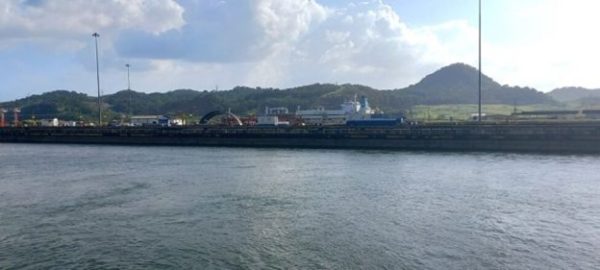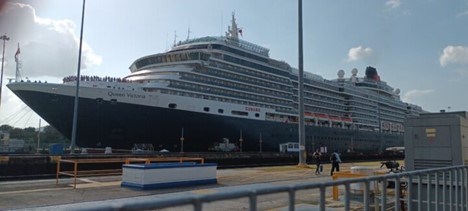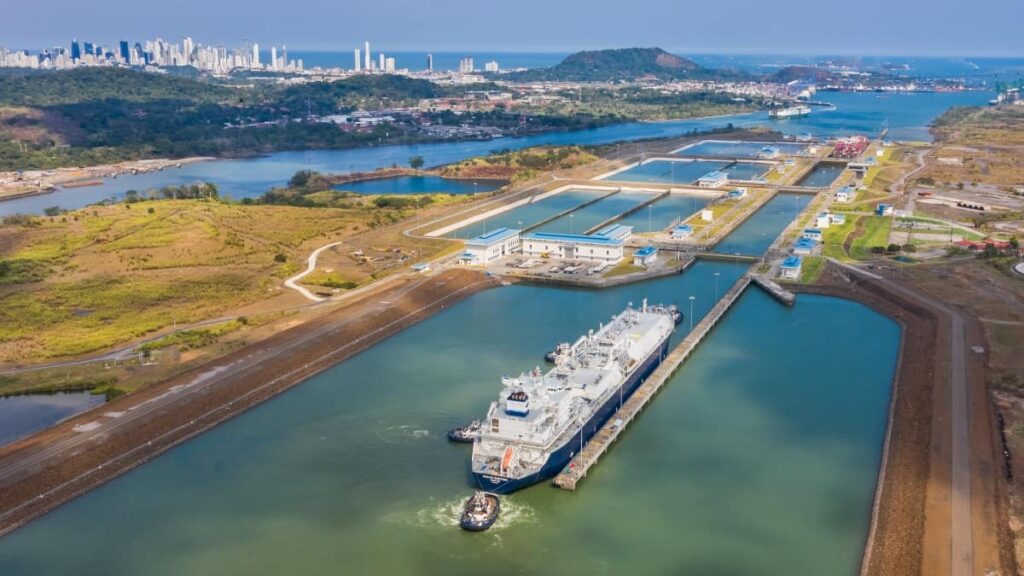
HAVANA TIMES – At the bar that Sandra manages in Panama City’s central financial district, the variety offered on the menu has shrunk due to delays in ship traffic through the Panama Canal, one of the world’s major shipping routes.
“We are out of stock of some of our foreign beers, because the shipment didn’t arrive. I hope it will get here one of these days,” the Panamanian bar-keeper told IPS, as she pointed to a half-empty refrigerator in the bar nestled between skyscrapers.
The delays have been repeated since drought took hold in this Central American nation throughout 2023, exacerbated by the effects of the climate crisis and the cyclical El Niño Southern Oscillation (ENSO) weather phenomenon that warms the waters of the Pacific Ocean.
This mixture of phenomena has repercussions on the forested areas surrounding the canal and the Alhajuela, Gatun and Miraflores artificial reservoirs that supply it and provide water for more than half of the country’s total population of 4.7 million people.
Due to the lack of rain, the level of Gatun Lake, the main source of water for the canal inaugurated in 1914, dropped from its normal height of 26 meters above sea level to less than 24 in recent weeks.
Six percent of the world’s maritime trade, especially container trade, goes through the canal connecting the Atlantic and Pacific oceans.
In addition, the interoceanic waterway has lost volume through evaporation due to warming water temperatures, according to a 2022 study by the Netherlands Water Partnership (NWP), a network of 180 public and private organizations.
Oscar Vallarino, a former official of the state-owned autonomous Panama Canal Authority (ACP), founded in 1978 to manage the company, said the situation stems from including the canal in its current watershed and expanding it since 2016, which doubled its capacity and the volume of ships, in addition to leading to the prohibition of the construction of more dams.
“Above and beyond the ship traffic, the canal must provide raw water for the populations of (the provinces) of Panama and Colon. The difference is that now there is more traffic and the problem is that in the dry season the salt level rises and damages the raw water for potabilization,” he told IPS.

From the Bridge of the Americas, which connects Panama City with the western part of its metropolitan area, the ships lined up to enter the canal look like figures in a board game moving slowly over a blue board. The waiting time varies, mostly en route to a U.S. port.
But the slowdown stems from the crucial element of the infrastructure: water, whose scarcity means fewer commercial vessels can cross from one ocean to the other. The reservoirs that feed the canal have a capacity of 1,857 hectoliters and currently hold only 900.
At the same time, the demand for different activities is increasing, leading to greater competition for consumption and conflicts that will intensify throughout this century.
Law 93 of 1999, modified by Law 44 of 2006, establishes the limits of the canal’s watershed, which covers 343,521 hectares and is one of 52 in the country.
The rainy season in this tropical country runs from May to November, but the last quarter of last year recorded lower rainfall, and the drought will worsen in the first half of 2024.
The population of the provinces of Panama and Colon also depends on water from the canal. But the problem is aggravated by waste, the leakage of at least 40 percent of the water due to broken pipes and the lack of efficient infrastructure.
This is despite the fact that this nation


